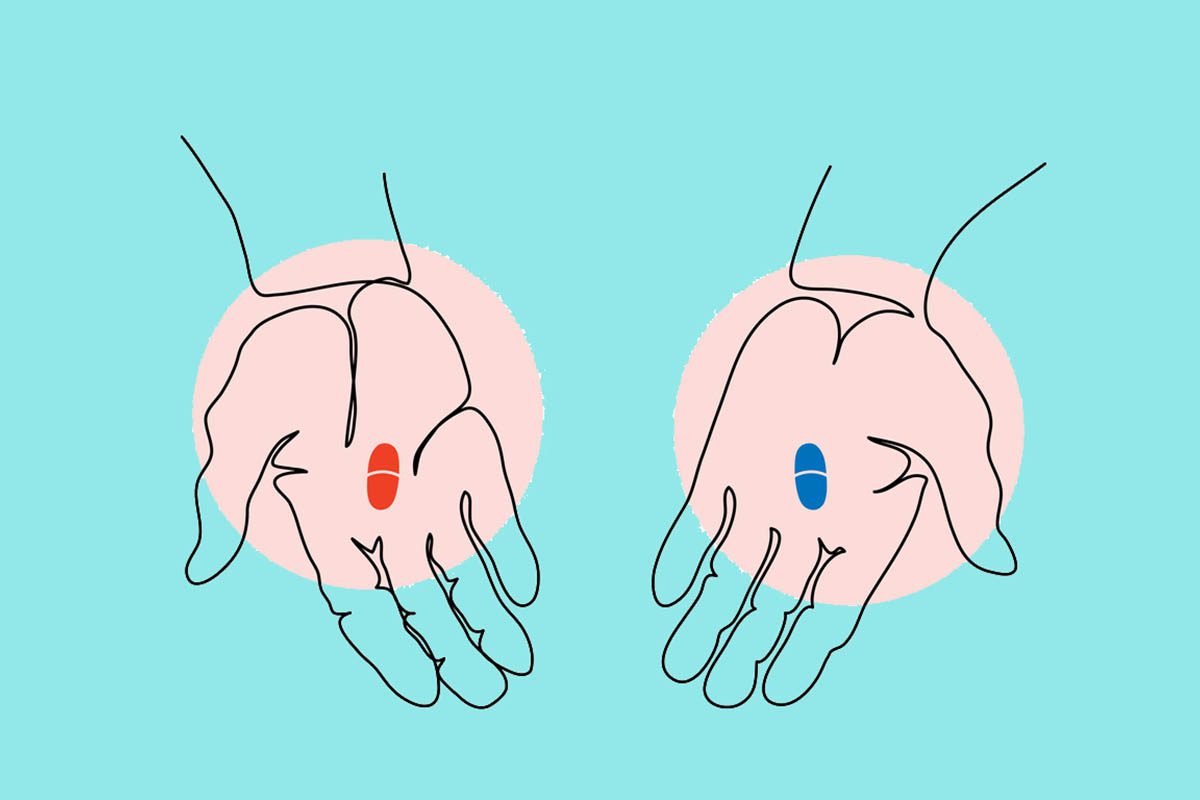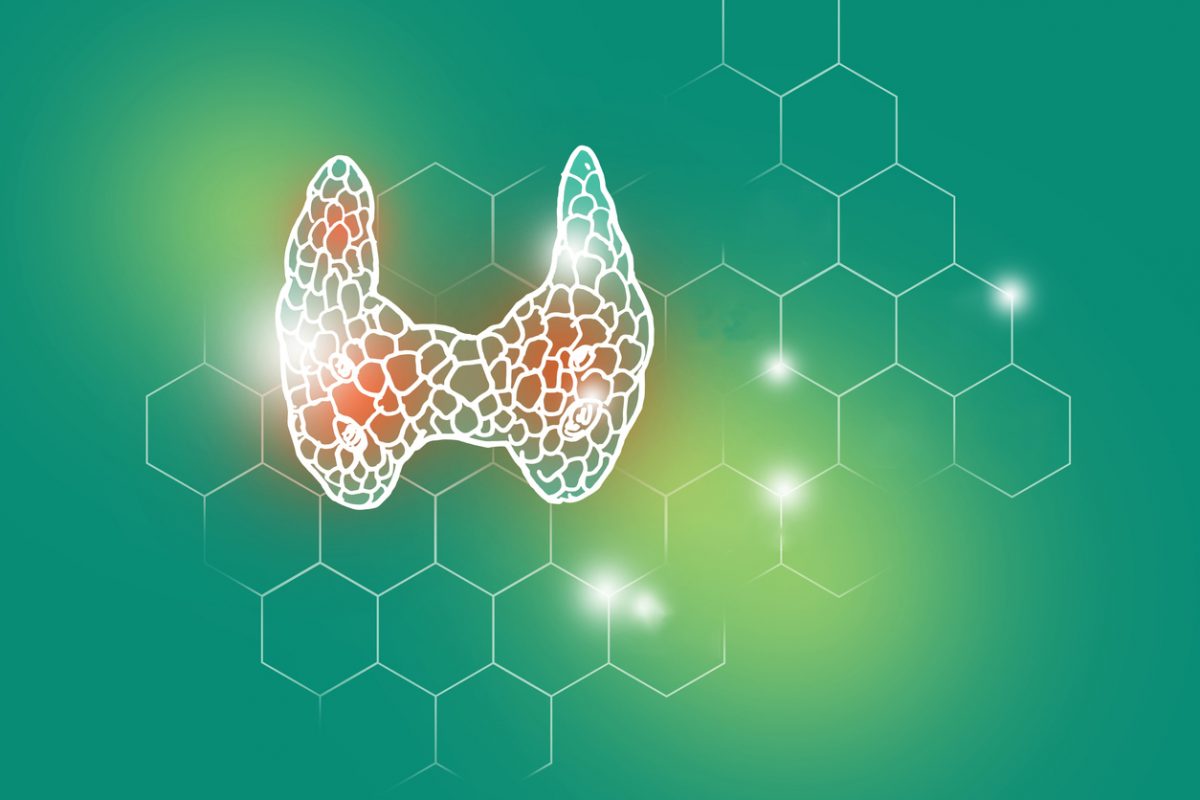
American Society of Clinical Psychopharmacology Corner
J Craig Nelson MD, Editor
Omega-3 Fatty Acids and Depression: From Cellular Mechanisms to Clinical Care
Omega-3 fatty acids are the most widely used nonvitamin supplement in the United States by both adults and children.1 We presently lack data from adequately powered controlled trials to say definitively whether omega-3 (n-3) fatty acids are efficacious as monotherapy in the treatment of major depressive disorder (MDD). Data are inconclusive regarding their efficacy as adjunctive therapy in MDD; however, a growing literature supports a role for omega-3 fatty acids in depression and neuropsychiatric dysfunction. Basic, translational, and clinical research efforts are moving forward to elucidate the role that this important nutritional component plays in mental illness and health.
Convincing epidemiologic data associates diets high in omega-3 fatty acids with a lower risk of major depression, perinatal depression, and bipolar disorder.2-4 The assessment of a dietary component for a specific indication is difficult, however, and the background diet of individual subjects receiving omega-3 fatty acid supplementation is likely to affect or even drive the overall results. Another area of concern is the enzymatic competition between the metabolic pathways of omega-3 fatty acids and omega-6 (n-6) fatty acids. Omega-3 fatty acids are relatively underrepresented in the Western diet, while the contribution of omega-6 fatty acids has grown enormously, with an emphasis on soy and corn in food production.5 Factory farming of domesticated animals (including fish) has led to changes in the animals’ diets, creating products lower in omega-3 fatty acids than have been produced in the past. Foods high in saturated fats and omega-6 fatty acids comprise a large part of dietary fat intake in the Western diet and are associated with proinflammation.6 Therefore, the optimal amount of omega-3 fatty acids is a complicated target, subject to the influences of dietary national trends and individual dietary patterns.
Most randomized controlled trials have been small and of relatively short duration and have yielded inconsistent findings.7-9 Most studies have used omega-3 fatty acids as adjunctive treatment to antidepressants or mood stabilizers, and the doses and composition of the omega-3 supplements have varied widely. There have been at least 5 double-blind, placebo-controlled trials10-15 of omega-3 fatty acids as monotherapy for MDD. Two of those studies, 1 in pregnant women10 and 1 in children,11 have demonstrated benefit over placebo and have used combinations of eicosapentaenoic acid (EPA) and docosahexaenoic acid (DHA). Four studies12-15 in various populations with MDD used DHA, EPA, or the combination in the treatment of adult MDD without significant benefit over placebo. In at least 7 double-blind, placebo-controlled trials7-9,16-18 of adjunctive omega-3 fatty acids for MDD, mixed results have been observed, and studies have used a wide range of doses (between 1 and 9 g/d). Studies that have demonstrated efficacy of omega-3 fatty acids over placebo7-9 have generally included relatively high ratios of EPA to DHA. There appears to be no greater benefit of using doses in the higher end of the range, with a number of positive published studies using 1-2 g of products with high EPA-to-DHA ratios.7-9
Overall, studies using higher EPA:DHA ratios7-9 have been more promising in depressive disorders, including MDD and bipolar depression. Paradoxically, DHA is the main omega-3 fatty acid in the brain and has been the focus of many preclinical studies of omega-3 fatty acids. DHA and EPA monotherapy for mood disorders has unfortunately been understudied in human clinical trials.
It is difficult to know whether the typical treatment trial duration for acute depression or other psychiatric disorders is adequately informative in the determination of the role of a dietary component such as omega-3 fatty acids. Long-term consequences of dietary treatments and implications for the trajectories of diseases are likely for an individual and for the population. A number of studies19,20 have demonstrated transgenerational effects of dietary composition, particularly fat content. For example, Massiera et al19 demonstrated in an animal model that future generations are impacted from in utero exposure to maternal diet. Both obesity and metabolic syndrome effects occur in the adult animals and their offspring after in utero exposure to high omega-6 fatty acid maternal diets. This can be temporarily reversed with low-fat diets in the progeny, but there appears to be programming for increased risk of obesity and metabolic dysregulation for generations, making high omega-6 fatty acid diets more deleterious for future generations. Similarly, Bilbo and Tsang20 found that rat pups that had been exposed in utero to maternal diets high in saturated fat resulted in adult programming for immune response dysregulation affecting neurocognitive function. Rats exposed in utero to maternal diets high in saturated fats or transfats were demonstrated to display increased proinflammatory responses in periphery and hippocampus, and have higher levels of anxiety and spatial learning deficits compared to rats that had been exposed to low-fat diets in utero. These effects were seen in adult rats that were all fed a low-fat diet since weaning. To quote the investigators, “It is clear that the maternal high-fat diet has a profound influence on the innate immune response of the offspring ‘ ¦ and that this has enduring consequences for cognition and affect.”20(p2114) The implications of these findings for humans remain unclear.
The immune system is only one mechanistic avenue being explored for neuropsychiatric effects of omega-3 fatty acids, and its complexity poses challenges. Illustrating its complexity, Raison et al21 recently described the role of improved sanitation and the depletion of human-“friendly” microbes, which are posited as important in assisting humans in mounting appropriate immune responses. With the depletion of these microbes, it is postulated that the immune system is vulnerable to develop increasingly pathological responses to immune challenges, as well as autoimmune disorders. This sophisticated perspective demonstrates that there may be a balance point for optimal immunologic function that is impacted by omega-3 fatty acids, which is clinically logical considering the risks of dysregulation of inflammation and could possibly account for a window of optimal dosing of omega-3 fatty acids in which higher doses are not necessarily more efficacious.22-24 A heightened pathological immune response in the context of a high n-6:n-3 ratio could potentially exacerbate acute and chronic diseases in which inflammation is involved. The use of factory farms, ie, Concentrated Animal Feeding Operations (CAFO), is hypothesized to contribute to lower nutritional quality and to an increased risk of spread of animal to human disease transmission.25 Therefore, while the impact of dietary factors at the individual level is of great importance, implications for public health on a population-based level are serious and timely.
Another mechanistic avenue of omega-3 fatty acids involves modulation of cell membrane structure and cell signaling, which Rasenick26 has demonstrated with omega-3 fatty acids and antidepressants. Dr Kang’s group found a creative method to study brain levels of omega-3 fatty acids without confounding from dietary intake: they developed a transgenic mouse that converts n-6 fatty acids into n-3 fatty acids, increasing the amount of DHA in the brain,27 which is associated with increased neurogenesis in the hippocampus and better performance on tests of learning and memory. The clinical implications of findings such as these are exciting, and their potential for human health not yet realized.
Finally, genetic polymorphisms that confer greater risk of developing a depressive episode when treated with proinflammatory cytokines have only recently begun to be investigated. Pariante28 examined the inflammatory processes that occur during the course of treatment with α-interferon, known to be associated with a high risk of depression. Genotypes associated with higher levels of EPA and DHA in response to immune activity were identified. Genetic polymorphisms that influence the rate of omega-3 fatty acid metabolism, like FADS1 and FADS2 genes that code for desaturases involved in omega-3 and omega-6 fatty acid metabolism,29 are common. Specific haplotypes are associated with greater inflammation and risk of cardiovascular disease10 and are likely to contribute to interindividual differences in response to omega-3 fatty acid treatment. Whether these genes are associated with a risk of depression and whether they can be used to predict an antidepressant treatment response to omega-3 fatty acids remains to be seen.
It is clear that far more rigorous research is needed. Some of the important questions remaining to be answered include:
- Are omega-3 fatty acids efficacious antidepressants as monotherapy?
- What is the optimal dose for depression and other neuropsychiatric conditions? Is there an optimal ratio of EPA:DHA? What constitutes an optimal treatment course?
- What are the long-term effects of omega-3 supplementation in chronic and recurrent disorders?
- Can we identify subpopulations of patients who would be particularly responsive to treatment with omega-3 fatty acids?
- What is the role of omega-3 fatty acids in the prevention of depression and other neuropsychiatric disorders?
- Does dose or EPA:DHA ratio need to be tailored to individuals based on dietary habits and genetic polymorphisms of omega-3 metabolism?
In conclusion, nutritional components have long been considered to be important in psychiatric disorders. Only a small number of specific nutritional interventions have been studied adequately. Further research is required to delineate the role of omega-3 fatty acids in acute treatment and prevention in psychiatry. Animal models, in which investigators can control for the many variables associated with human dietary intake, are particularly beneficial, and findings may help guide future human studies. Biomarkers and genetics are likely to play a role in the successful identification of individuals who may benefit from omega-3 fatty acid supplementation. Considering the established health benefits of omega-3 fatty acids in cardiovascular disease and other fields of medicine, increased dietary intake and supplementation is a low-risk strategy in addition to standard care in psychiatric disorders.
Author affiliations: Department of Psychiatry, Harvard Medical School, Boston, Massachusetts (Dr Freeman); Department of Psychiatry and Behavioral Neurosciences, David Geffen School of Medicine at UCLA, Los Angeles, California (Dr Rapaport). Potential conflicts of interest: Dr Freeman has received research support from GlaxoSmithKline, Lilly, and Forest and been a consultant for Pepper Hamilton LLC. Dr Rapaport is an employee of Cedars-Sinai Medical Center, has received grant/research support from the National Institute of Mental Health (NIMH) and the National Center for Complementary and Alternative Medicine, and has been a consultant for Affectis Pharmaceutics, Methylation Sciences, PAX Pharmaceuticals, and Johnson & Johnson Pharmaceuticals. He has also served on the scientific advisory boards for NIMH; Brain Cells, Inc; Astellas Pharama; and Pfizer. Funding/support: None reported. Previous presentation: This report is based on a panel of the same name presented at the 49th Annual Meeting of the American College of Psychopharmacology; December 7, 2010; Miami, Florida. Corresponding author: Marlene P. Freeman, MD, Associate Professor of Psychiatry, Harvard Medical School, Perinatal and Reproductive Psychiatry Program, Massachusetts General Hospital, 185 Cambridge St, 2nd Floor, Boston, MA 02114 ([email protected]).
References
1. Barnes PMBB, Nahin R. CDC National Health Statistics Reports no. 12: Complementary and Alternative Medicine Use Among Adults and Children: United States, 2007. Bethesda, MD: US Department of Health and Human Services; Dec 10, 2008.
2. Hibbeln JR. World Rev Nutr Diet. 2009;99:17-30. PubMed doi:10.1159/000192992
3. Golding J, Steer C, Emmett P, et al. Epidemiology. 2009;20(4):598-603. PubMed doi:10.1097/EDE.0b013e31819d6a57
4. Noaghiul S, Hibbeln JR. Am J Psychiatry. 2003;160(12):2222-2227. PubMed doi:10.1176/appi.ajp.160.12.2222
5. Simopoulos AP. Am J Clin Nutr. 1991;54(3):438-463. PubMed
6. Simopoulos AP. J Am Coll Nutr. 2002;21(6):495-505. PubMed
7. Parker G, Gibson NA, Brotchie H, et al. Am J Psychiatry. 2006;163(6):969-978. PubMed doi:10.1176/appi.ajp.163.6.969
8. Lin PY, Su KP. J Clin Psychiatry. 2007;68(7):1056-1061. PubMed doi:10.4088/JCP.v68n0712
9. Freeman MP, Hibbeln JR, Wisner KL, et al. J Clin Psychiatry. 2006;67(12):1954-1967. PubMed doi:10.4088/JCP.v67n1217
10. Su KP, Huang SY, Chiu TH, et al. J Clin Psychiatry. 2008;69(4):644-651. PubMed doi:10.4088/JCP.v69n0418
11. Nemets H, Nemets B, Apter A, et al. Am J Psychiatry. 2006;163(6):1098-1100. PubMed doi:10.1176/appi.ajp.163.6.1098
12. Marangell LB, Martinez JM, Zboyan HA, et al. Am J Psychiatry. 2003;160(5):996-998. PubMed doi:10.1176/appi.ajp.160.5.996
13. Mischoulon D, Papakostas GI, Dording CM, et al. J Clin Psychiatry. 2009;70(12):1636-1644. PubMed doi:10.4088/JCP.08m04603
14. Freeman MP, Davis M, Sinha P, et al. J Affect Disord. 2008;110(1-2):142-148. PubMed doi:10.1016/j.jad.2007.12.228
15. Rees AM, Austin MP, Parker GB. Aust N Z J Psychiatry. 2008;42(3):199-205. PubMed doi:10.1080/00048670701827267
16. Carney RM, Freedland KE, Rubin EH, et al. JAMA. 2009;302(15):1651-1657. PubMed doi:10.1001/jama.2009.1487
17. da Silva TM, Munhoz RP, Alvarez C, et al. J Affect Disord. 2008;111(2-3):351-359. PubMed doi:10.1016/j.jad.2008.03.008
18. Grenyer BF, Crowe T, Meyer B, et al. Prog Neuropsychopharmacol Biol Psychiatry. 2007;31(7):1393-1396. PubMed doi:10.1016/j.pnpbp.2007.06.004
19. Massiera F, Barbry P, Guesnet P, et al. J Lipid Res. 2010;51(8):2352-2361. PubMed doi:10.1194/jlr.M006866
20. Bilbo SD, Tsang V. FASEB J. 2010;24(6):2104-2115. PubMed doi:10.1096/fj.09-144014
21. Raison CL, Lowry CA, Rook GA. Arch Gen Psychiatry. 2010;67(12):1211-1224. PubMed doi:10.1001/archgenpsychiatry.2010.161
22. Peet M, Horrobin DF. Arch Gen Psychiatry. 2002;59(10):913-919. PubMed doi:10.1001/archpsyc.59.10.913
23. Mischoulon D, Papakostas GI, Dording CM, et al. J Clin Psychiatry. 2009;70(12):1636-1644. PubMed doi:10.4088/JCP.08m04603
24. Freeman MP, Hibbeln JR, Wisner KL, et al. Acta Psychiatr Scand. 2006;113(1):31-35. PubMed doi:10.1111/j.1600-0447.2005.00660.x
25. Jonathan Safran Foer. Eating Animals. New York, NY: Little, Brown and Company; 2009.
26. Rasenick MM. Fish oil treatment translocates Gsα from lipid rafts: a possible mechanism for the antidepressant effects of n-3 PUFA. Presented at: 49th Annual Meeting of the American College of Neuropsychopharmacology; December 7, 2010; Miami, FL.
27. He C, Qu X, Cui L, et al. Proc Natl Acad Sci U S A. 2009;106(27):11370-11375. PubMed doi:10.1073/pnas.0904835106
28. Pariante CM. Phospholipase A2 and cyclo-oxygenase 2 genes influence the risk of interferon-alpha-induced depression by regulating polyunsaturated fatty acids levels. Presented at: 49th Annual Meeting of the American College of Neuropsychopharmacology; December 7, 2010; Miami, FL.
29. Simopoulos AP. Exp Biol Med (Maywood). 2010;235(7):785-795. PubMed
doi:10.4088/JCP.11ac06830
© Copyright 2011 Physicians Postgraduate Press, Inc.
ASCP Corner offerings are not peer reviewed by the Journal but are peer reviewed by the ASCP. The information contained herein represents the opinion of the author.
Visit the Society Web site at www.ascpp.org



